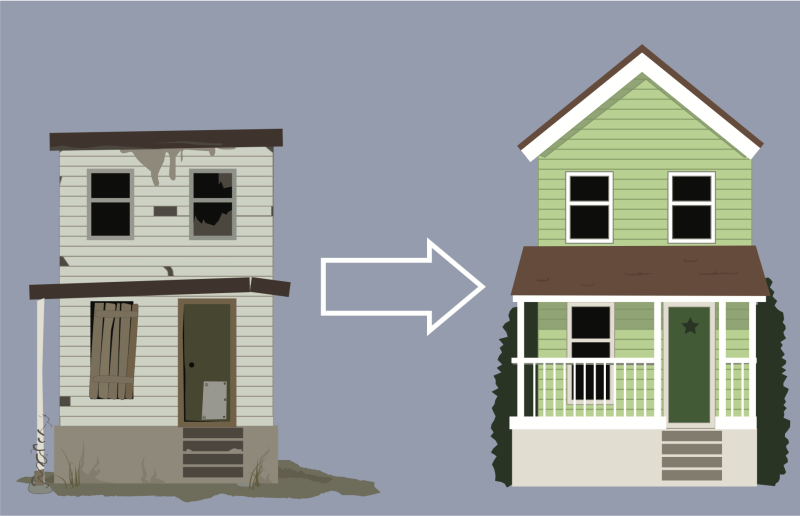
Despite Omicron Surge, U.S. Adds 467,000 Jobs

Total was below 2021 average, but topped expectations; unemployment rate remains at 4%.
Even with a surge in the omicron variant of the COVID-19 coronavirus last month, the strong economy continued to add jobs.
The United States added 467,000 jobs in January, while the unemployment rate remained at 4%, the U.S. Bureau of Labor Statistics (BLS) reported today. Nonfarm employment has increased by 19.1 million since April 2020, but is still down by 2.9 million, or 1.9%, from its pre-pandemic level in February 2020.
January's job gain fell below the average monthly gain of 555,000 in 2021, but soared well past economist expectations of just 110,000 jobs added.
The surprisingly strong jobs report came despite the surge of omicron infections in January that caused millions of sick workers to stay home and was expected to have cause employers to delay hiring. The Associated Press reported that omicron infections peaked above 800,000 per day during the second week of January, “precisely the period when the government measured employment for the month.”
The number of daily reported cases of the virus has fallen dramatically in the past week as the surge appears to be waning. A total of 356,000 cases were reported Thursday, according to the New York Times.
First American Deputy Chief Economist Odeta Kushi found a lot to like in the report.
"If monthly gains continue at the January pace, we could return to the pre-COVID employment peak by August 2022,” she said.
By industry sector, employment growth continued in leisure and hospitality (+151,000), in professional and business services (+86,000), in retail trade (+61,000), and in transportation and warehousing (+54,000). Employment showed little change in construction, financial activities, manufacturing, mining, and other services, the BLS said.
Kushi noted there were some hopeful signs in the construction industry numbers.
"Residential building construction employment increased by 3,600 in January," she noted. "January's gain is positive news for home builders and housing supply. We need more homes built to relieve the supply-demand imbalance, and in such a labor-intensive industry, more hammers means more homes."
She added that "residential building construction employment is up 5.3% compared with pre-COVID, while non-residential building construction employment remains 6.4% below. The pace of growth for the average hourly earnings of production and non-supervisory employees in construction reached the highest level since 1982 at 5.8% year over year."
Average hourly earnings for all employees on private nonfarm payrolls in January increased by 23 cents to $31.63. Over the past 12 months, average hourly earnings have increased by 5.7%. In January, average hourly earnings of private-sector production and nonsupervisory employees rose by 17 cents to $26.92.
Over the year, the unemployment rate (at 4%) is down by 2.4 percentage points, and the number of unemployed (6.5 million) fell by 3.7 million. In February 2020, the last month before the pandemic, the unemployment rate was 3.5% and number of unemployed totaled 5.7 million.
Among the unemployed, the number of people who left their jobs increased to 952,000 in January, following a decrease in December. The number on temporary layoff, at 959,000 in January, increased from December but is down by 1.8 million from a year earlier.
The labor force participation rate held at 62.2% in January and the employment-population ratio was little changed at 59.7%. Both measures are up over the year, but remain below their February 2020 levels (63.4% and 61.2%, respectively).
Kushi said the increase in the labor force participation is a positive sign.
“Labor force participation rate is important because a labor market with low unemployment and low participation means many Americans are not participating in the economy or contributing to its growth," she said. "A low unemployment rate and a high participation rate signals a healthy labor market.”
In January, the share of employed people who teleworked because of the pandemic increased to 15.4%. This refers to employees who teleworked or worked at home for pay specifically because of the pandemic at some point in the four weeks preceding the survey.
In January, 6 million people reported they were unable to work because their employer closed or lost business due to the pandemic — that is, they did not work at all or worked fewer hours at some point in the four weeks preceding the survey due to the pandemic. The total was nearly double the 3.1 million in December.




